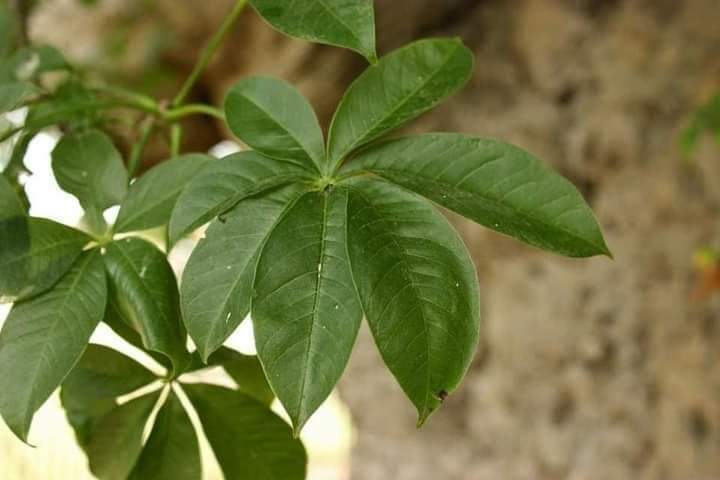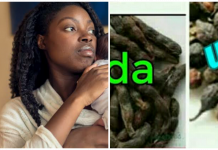Health benefits of kuka leaves (baobab tree leaves)
Welcome to www.nimedhealth.com.ng
Some Facts You Need to Know about Baobab or Kuka Tree leaves as One of Africa’s Indigenous, Magnificent Foods and Mother of the Sahel
In order to survive, humans need food, water, and shelter. Baobab, a tree indigenous to the semi-arid regions of sub-Saharan Africa, supplies all three – and even more.
Baobabs are found in mainland areas of the African Continent, especially in West Africa as well as in Madagascar, where seven out of the eight species occur. The baobab’s leaves, fruit, and seeds are all edible.
In West African countries, including Nigeria, Burkina Faso and Ghana, the leaves are commonly ground up and used in soups (KUKA soup in Northern Nigeria, which I really miss, because you can’t find that in Europe or the Caribbean), as well as for condiments (Daddawa) and sauces served with yam, cassava, maize, millet, and sorghum.
Health benefits of kuka leaves (baobab tree leaves)
Kuka leaves are high in protein and contain a wide spectrum of essential amino acids, among them lysine, which is often missing in the diets of poor populations who consume mostly cereals and tubers and little meat.
Kuka leaves are also high in beta-carotene, which can be changed to vitamin A in our body, so frequent consumption would benefit pregnant women and children, since it can help prevent blindness and birth defects that result from vitamin A deficiency.
The baobab’s fruit, known as “monkey bread,” can be used to make flour or stirred into drinks or porridges. Its pulp has 10 times the vitamin C of an orange, which explains the tart flavour. It is often beaten into pancakes and dried in the sun.

The kernels of baobab seeds, which have a taste similar to almonds, can be roasted and made into creamy butter. Due to their long shelf-life and high energy and protein content, both the seeds and the kernels can be important food sources in times of low crop yields and natural disaster.
Beyond its uses as a staple food, parts of the baobab tree such as its bark are used as cooking fuel for stoves, kilns for firing pottery, and ovens. In dry areas, the extremely large, hollow stem holds a valuable water resource, as it can store as much as 10,000 litres of water for many months.
Local populations often build shelters and keep livestock inside baobab trunks. In Australia, home to the only baobab species outside of Africa, there is even a prison built inside a baobab trunk. The prison is reputed to have been used in the 1890s as a holding cell for Aboriginal prisoners on their way to Derby for sentencing. The tree itself is officially signposted as a prison tree. It is also listed in the State Heritage Register of Western Australia as “prison boab tree”.
While the baobab can act as a reliable provider for sub-Saharan Africa’s malnourished populations, some species require special care and protection. Poor land management and deforestation have left the Giant Madagascar baobab, honoured widely as the dwelling place of spirits and known locally as renala (Mother of the Forest), scattered in degraded lands.
It is classified as an endangered species by the International Union for Conservation of Nature. Some people are reluctant to grow baobab because of cultural taboos and the tree’s slow seedling process. But several villages in Niger have been producing seedlings in nurseries since the 1960s. Once mature, baobab is resilient and almost “immortal”: results from carbon dating found some baobab species to be over 2,000 years old.
Because of wars and ethnic conflicts across the African Continent and due to the rising number of refugees, nutrition and poverty-relief programs should explore more widely the baobab tree’s potential role in improving food security for generations ahead.
Sa’eeb Bawa Habib
























